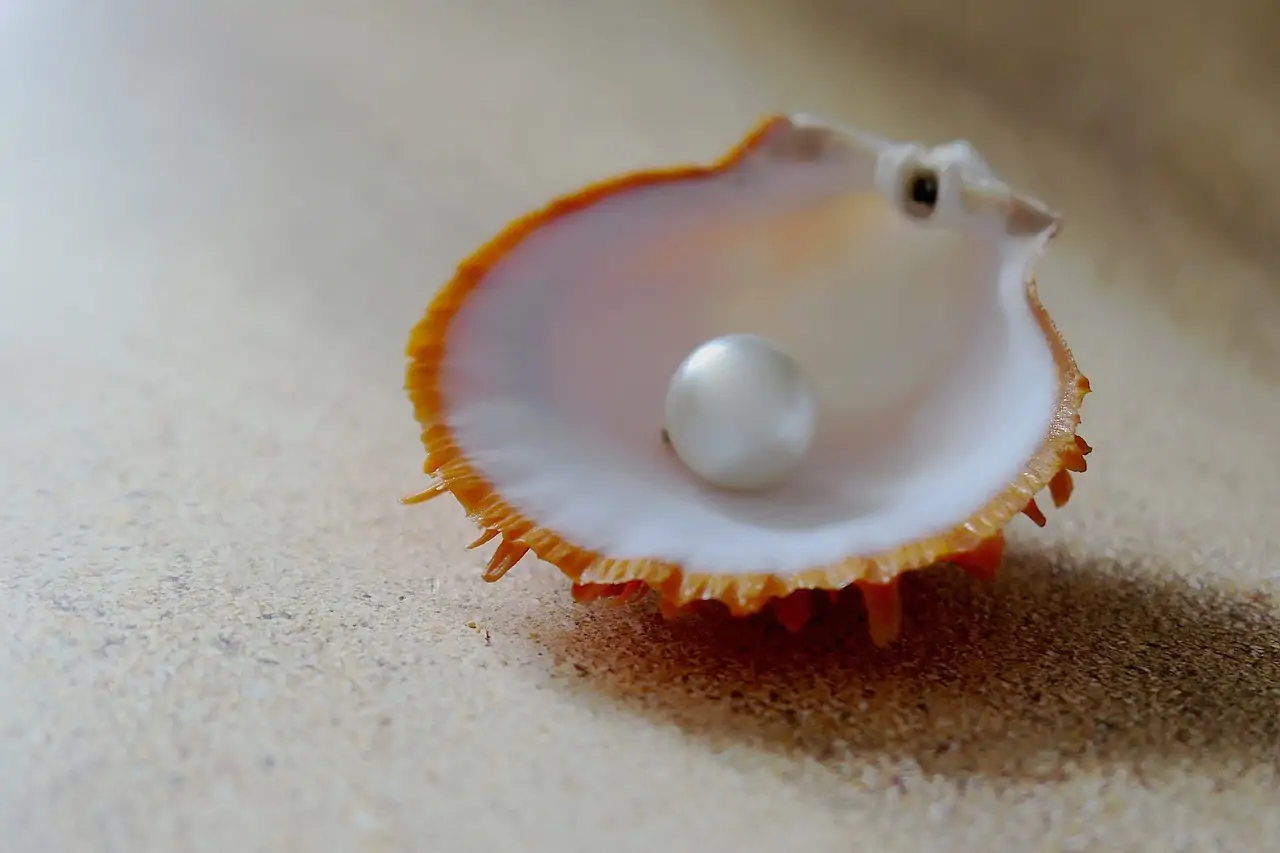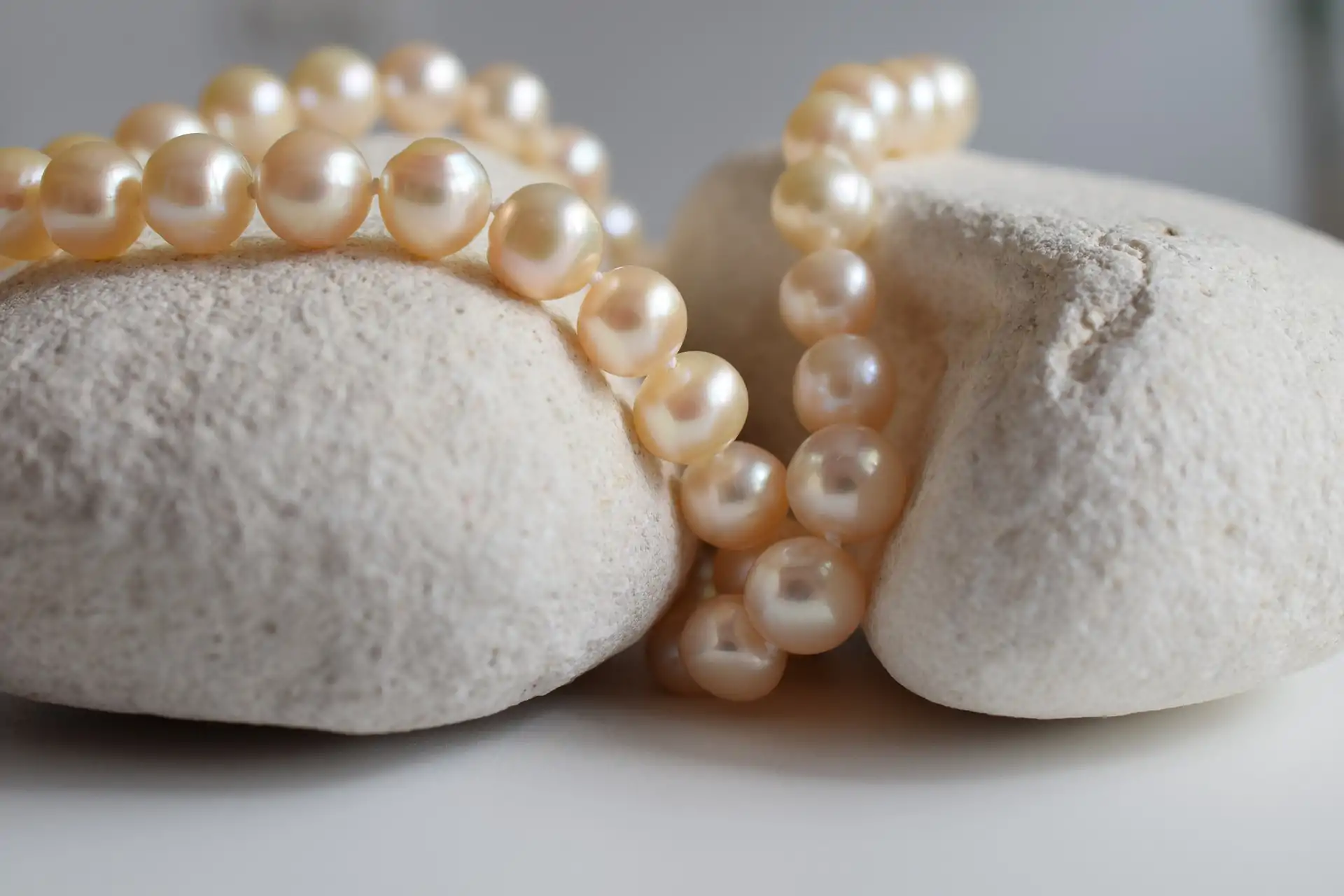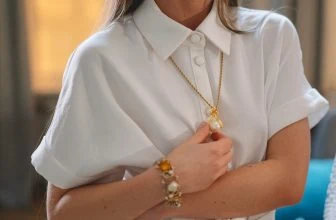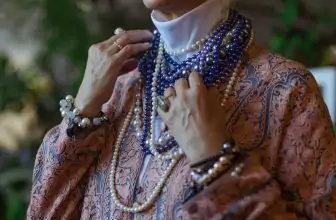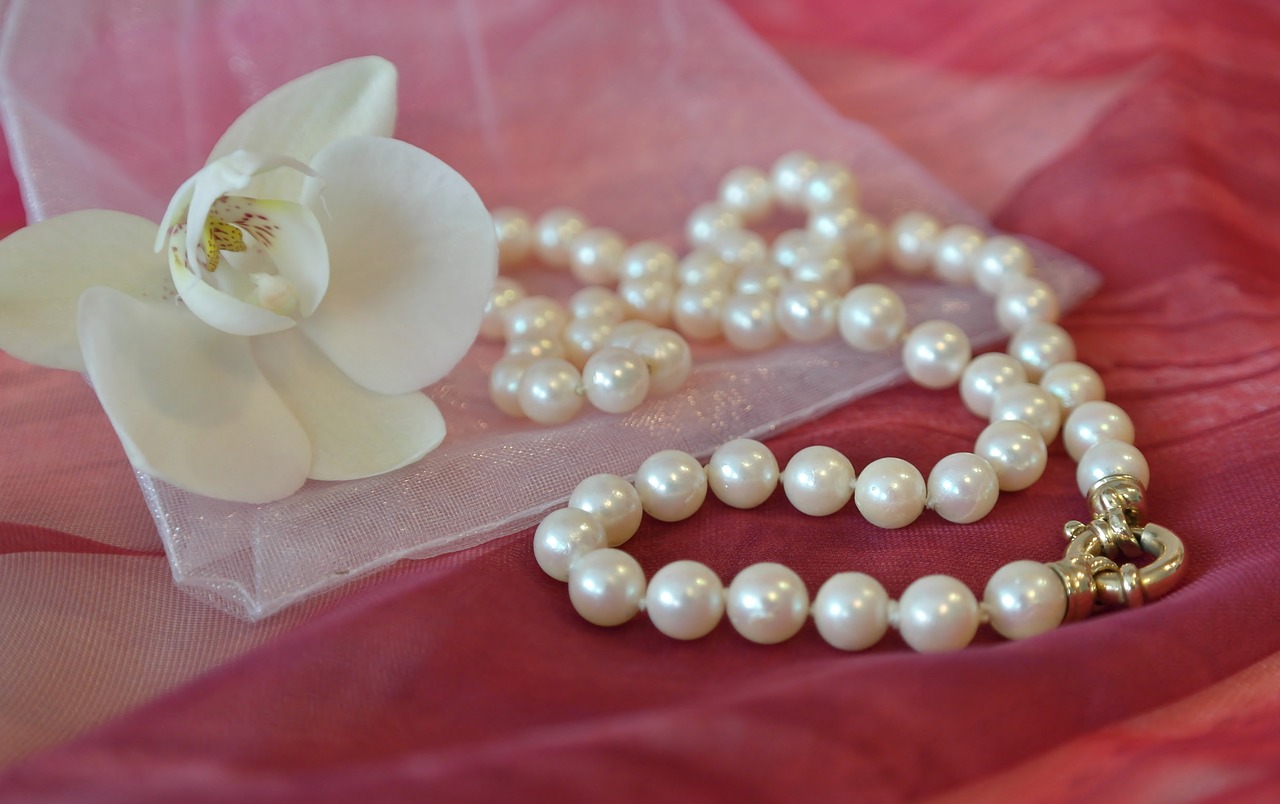
Table of Contents
When it comes to pearls, luster is often considered the most important factor in determining their quality and value. But what exactly is pearl luster, and how does it differ from other factors such as size, shape, and color?
In this blog, we’ll dive into the fascinating world of pearls, and take a look at what pearl luster is, how it’s created, and how to evaluate it. Whether you’re a pearl collector, jewelry designer, or just curious, this article will give you a unique and in-depth understanding of pearl luster.
What is Pearl Luster?
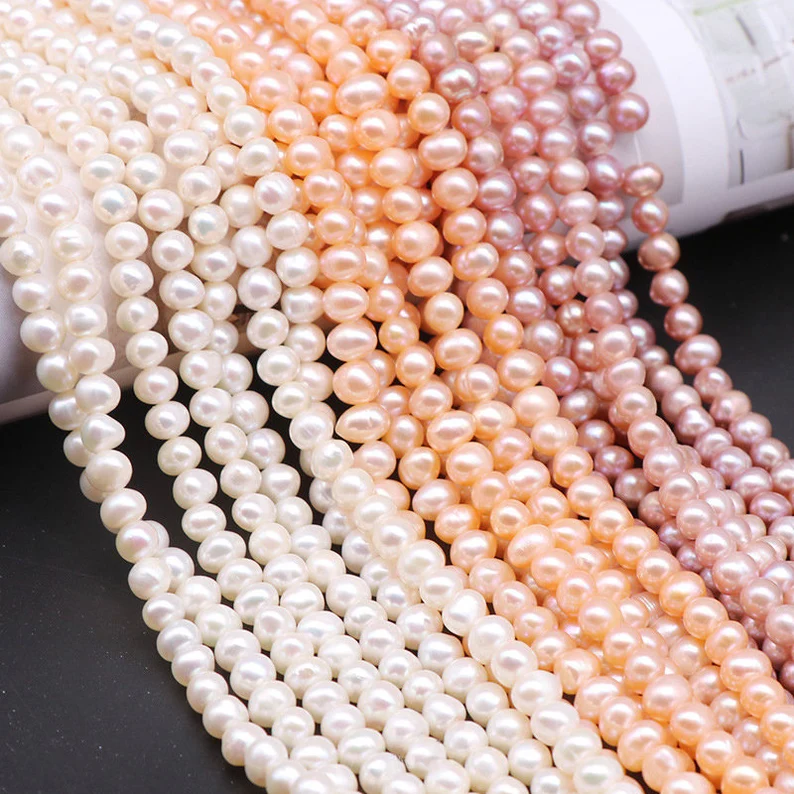
Pearl luster is arguably the most important characteristic that contributes to a pearl’s overall value. A pearl with a good enough pearl luster reflects light as brightly and as sharply as possible. A pearl with a very high luster will look as shiny and glowing as if the light comes out of it and isn’t merely reflected.
In contrast, a pearl with an outright low luster will look dull and dim, even though there’s still a certain charm in the “satin” look of pearls with more moderate luster. The exact levels of pearl luster are typically divided into six categories:
- Excellent luster
- Very high to excellent
- Very high
- High
- Moderate
- Poor
In most cases, however, for a pearl to be considered valuable or “high quality” it must have pearl luster of the first two categories or, at most, of the third. The exact way the luster-to-value ratio works depends on the type of pearl you’re looking at too, however, so let’s take a look at the four main types of pearls.
What are the Main Types of Pearls?
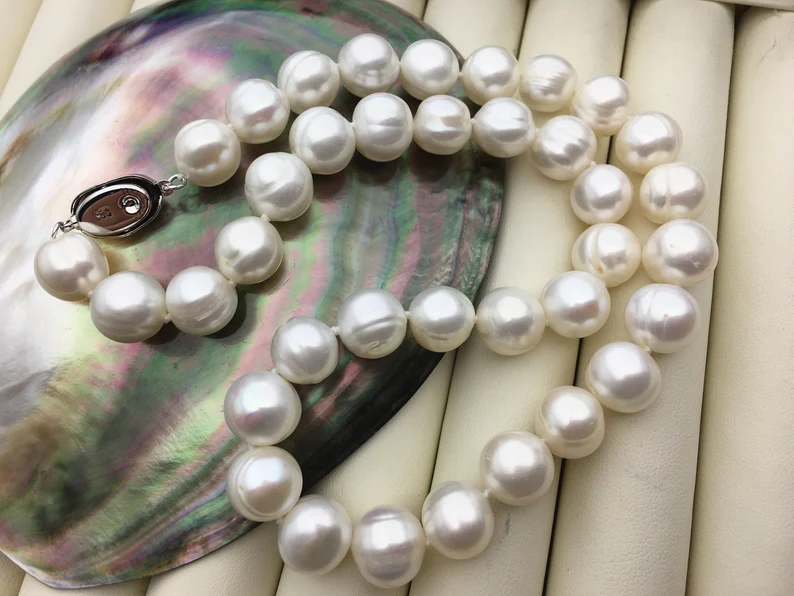
There are several types of pearls, which can be broadly categorized into two main groups: natural pearls and cultured pearls.
Natural Pearls
Natural pearls are formed by a natural process in which a mollusk creates a pearl in response to an irritant, such as a small piece of shell or sand, entering its shell. Natural pearls are extremely rare and can be very valuable.
Cultured Pearls
Cultured pearls are formed when a pearl farmer introduces a small piece of tissue, called a “graft,” into the mollusk’s shell. The mollusk then secretes layers of nacre around the graft, creating a pearl. Cultured pearls are much more common and can be found in a variety of colors, sizes, and shapes.
Within the category of cultured pearls, there are several types:
- Akoya pearls: These pearls are grown in saltwater oysters and are typically white or cream-colored with a high luster. They are the most traditional type of pearl and are typically smaller in size.
- Freshwater pearls: Freshwater pearls are grown in freshwater mussels and can come in a wide range of colors and shapes. They are generally less expensive than saltwater pearls.
- South Sea pearls: These pearls are grown in saltwater oysters and are generally the largest of all pearl types, with diameters ranging from 9mm to 20mm. They have a high luster and a golden, silver, or white color.
- Tahitian pearls: These are grown in saltwater oysters and are typically black or dark colored. They are rare and highly valued.
- Mabe pearls: These are hemispherical in shape and are grown on the inside of the oyster’s shell. They are often used in earrings and pendants.
- Biwa pearls: These pearls are grown in freshwater mussels found in Lake Biwa, Japan. They are relatively small in size and often have a unique, irregular shape.
Pearl Luster of Different Types of Pearls
Different types of pearls have their own unique luster.
1. Akoya Pearl Luster
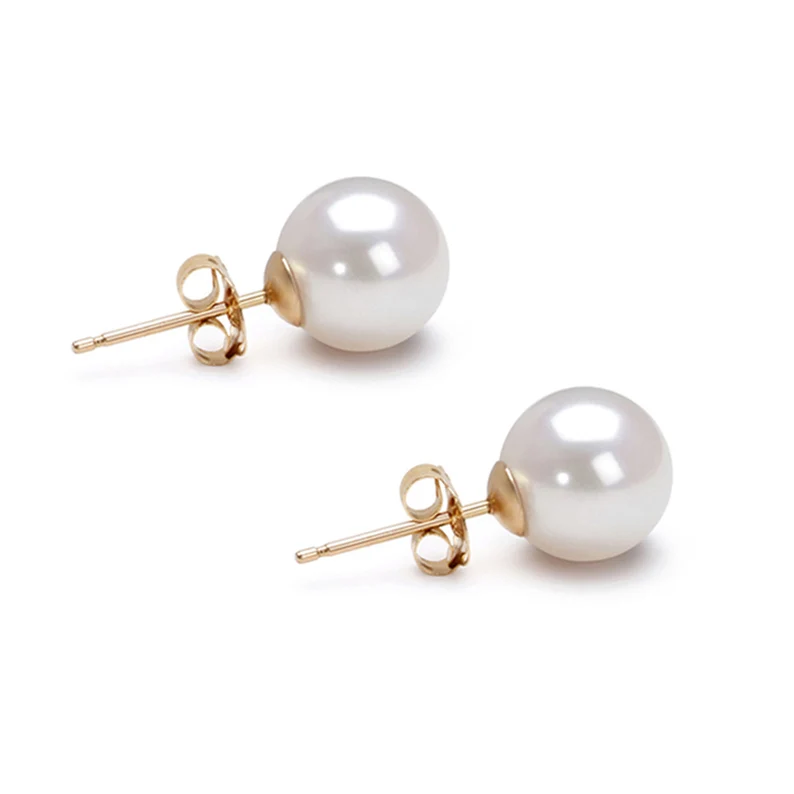
Akoya pearls are famous as the pearls with the highest luster in the world and, therefore, are the most valuable and highly-priced of them all. Grown in the salt waters around Japan, Akoya pearls are expected to have either “Excellent” or “Very high to excellent” luster to be considered AAA pearls.
AA+ quality Akoya pearls can have “Very high to excellent” or even just “Very high” luster and will still look stunning but that often feels insufficient for an Akoya pearl for many people.
The Hanadama Akoya pearls also ought to be mentioned as they are famous as the very best of all Akoya pearls and are expected to always have an “Excellent” luster grade. In fact, the grade on a Hanadama Aloya certification is typical “Teri-Value” which means “Very Strong”.
2. Freshwater Pearl Luster
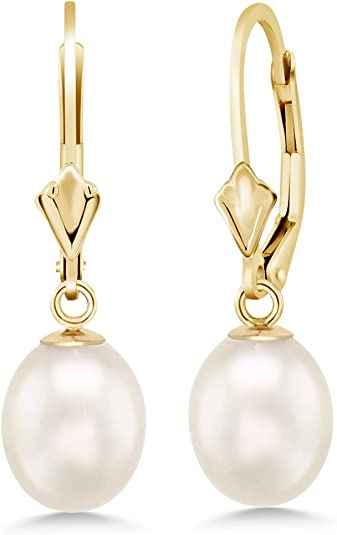
Freshwater pearls can come from all over the world but, with a few exceptions, the vast majority are cultivated in the freshwater rivers and basins of China. The other noteworthy sources of freshwater pearls are the US state of Tennessee, and the two Japanese lakes Kasumigaura and Biwa.
Wherever they come from, however, freshwater pearls almost always have a lower overall luster value than Akoya pearls because of their solid crystal nacre makeup. For them, an AAA rating is given for pearls with “Very high to excellent” and “Very high” luster grades, whereas the AA+ rating goes for pearls with “Very High” and “High” luster.
This isn’t to say that freshwater pearls aren’t gorgeous, of course – especially those with AAA ratings can still look stunning, and a lot of people like their more “satin” look. Plus, there are also the famous metallic freshwater pearls which are exceptionally rare and therefore valuable.
A metallic freshwater pearl is literally a 1 in a 10,000 find and it’s easy to recognize with its metallic shading and “Excellent” luster grade.
3. South Sea Pearl Luster
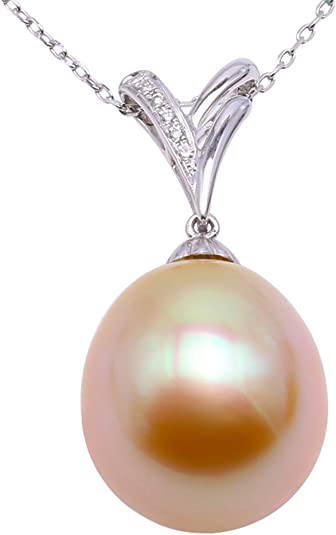
The White and Golden South Sea pearls have very thick nacre layers acquired during their 2 to 3 years of growth in the South Sea waters near the northwestern coast of Australia. These pearls look more “satiny” than Akoya pearls and closer to freshwater pearls, but they can still have a very silky and lustrous shine quite often.
This means that South Sea pearls with AAA rating – whether white or golden – will be expected to have an “Excellent” or “Very high to excellent” luster grade, just like Akoya pearls, and the AA+ rating goes to “Very high to excellent” and “Very high” luster grades.
4. Tahitian Pearl Luster
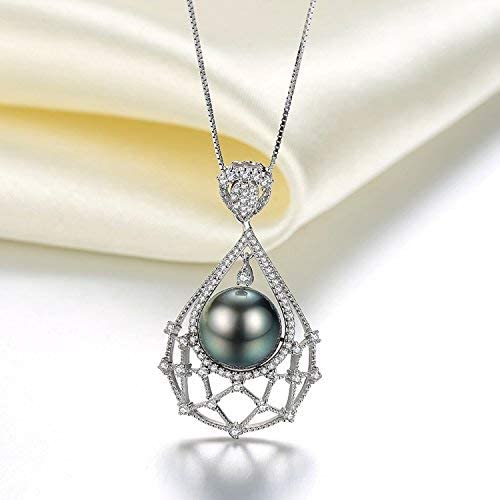
Another type of saltwater pearl, the Tahitian pearl is grown in the black-lipped oysters of the sea waters around Tahiti and the nearby French Polynesia islands. These saltwater pearls do have a more “satiny” look compared to Akoya pearls on average but many Tahitian pearls can also have an “Excellent” luster grade too.
So, for Tahitian pearls, the AAA rating is reserved for “Excellent” and “Very high to excellent” luster grades that can look just as sharp and shiny as Akoya pearls. Similarly, the AA+ rating here is given to pearls with “Very high to excellent” and “Very high” luster.
5. Mabe Pearls
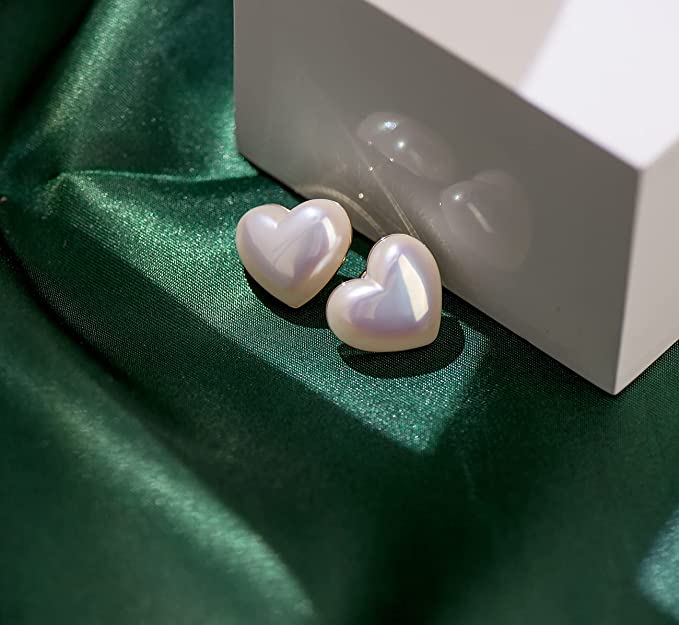
The luster of Mabe pearls is typically rated as high, due to the reflective surface that gives them a glossy or “mirror-like” appearance. However, it’s worth noting that there is no standard or widely accepted system for grading the luster of mabe pearls, and it may vary among pearl farms and sellers.
6. Biwa Pearls
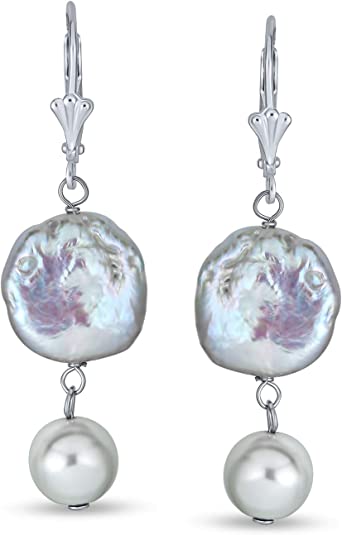
The luster of Biwa pearls can vary from pearl to pearl, but generally, they have a lower luster compared to other types of pearls such as Akoya, South Sea, and Tahitian pearls. They have a soft and more pearly appearance, due to their thicker nacre than other types of pearls.
What Luster Grade Should You Look For?
As you can expect, AAA-rated pearls are the highest quality and most valuable pearls of any type. They come with pretty hefty price tags too, however, especially if you want to get a significant quantity such as for a large necklace.
This means that, for people who are mindful of their budgets, the AA+ rating is usually the smarter way to go, especially with South Sea and Tahitian pearls as they tend to be the perfect middle ground between the Akoya and Freshwater pearls. However, if you want to spend, going for the AAA rating will be much better.
Frequently Asked Questions about Pearl Luster
1. Do pearls lose their luster?
Pearls can lose their luster over time due to exposure to dirt, oils, and chemicals, and lack of proper care.
2. How do you improve pearl lustre?
To improve pearl luster, clean them regularly with a soft cloth and mild soap, avoid exposing them to harsh chemicals, store them properly and avoid wearing them often.
3. Should I oil my pearls?
It is not recommended to oil pearls as it can damage their surface and affect their luster. It’s best to clean them regularly with a soft cloth and mild soap and store them properly.
4. How do you improve pearl lustre?
To improve pearl luster, clean them regularly with a mild soap and soft cloth, avoid exposure to chemicals, store them properly, and limit wear.
5. Are pearls naturally shiny?
Pearls are naturally shiny because of the nacre coating that forms around the pearl’s nucleus, this nacre gives pearls their characteristic luster and shine.
Wrapping Up
Pearl luster is a crucial aspect in determining the quality and value of pearls. It’s the reflection of light on the surface of the pearl, which gives them a glossy or “mirror-like” appearance. Remember, luster can be affected by the pearl’s surface quality and the way it’s been cared for, and it’s one of the most important factors to consider when buying pearls.


